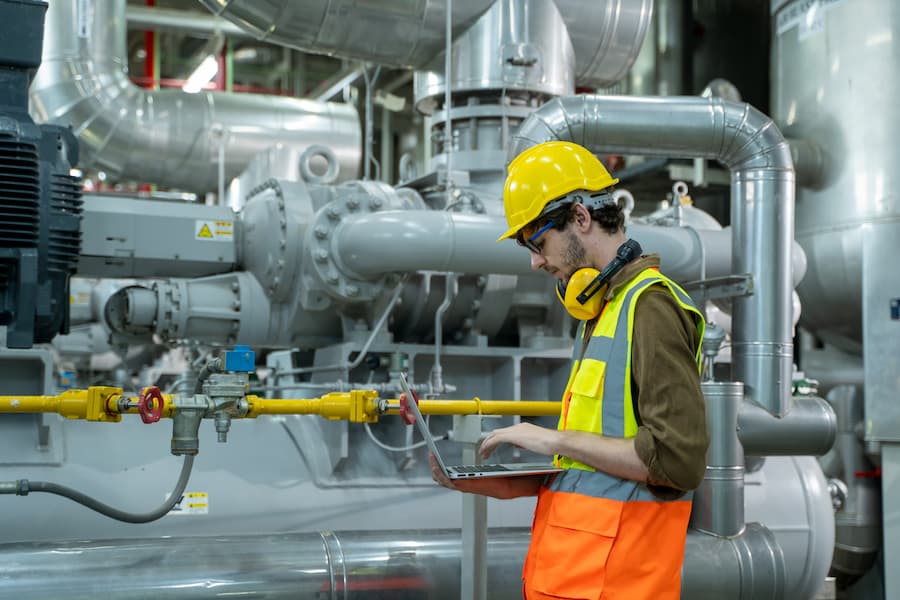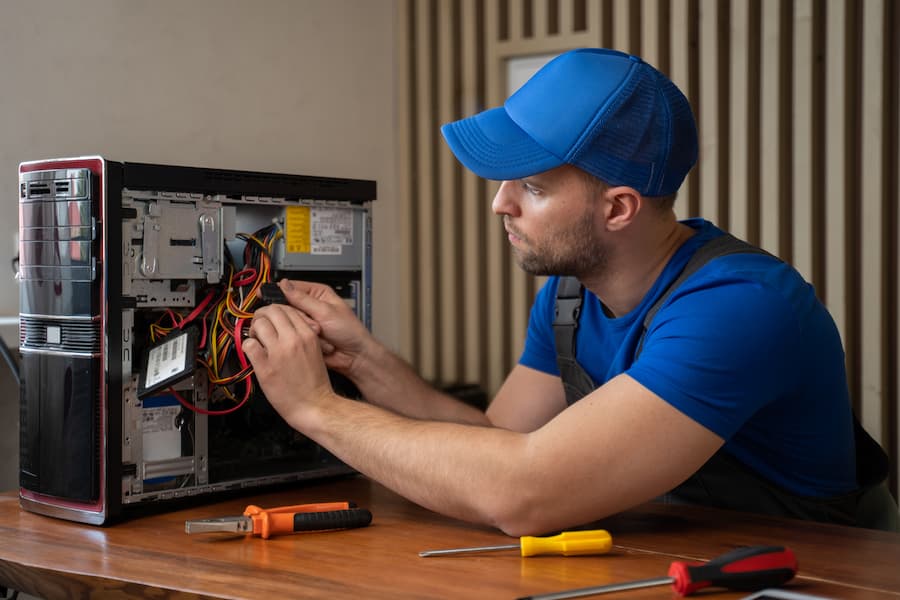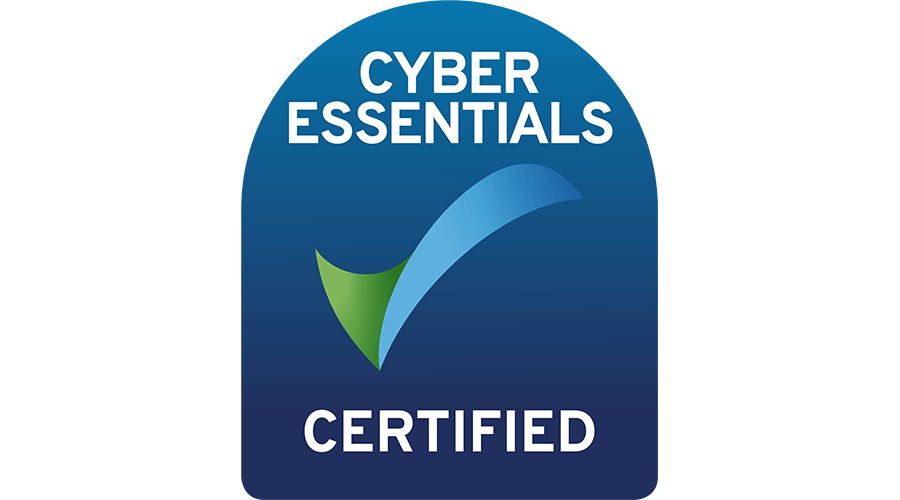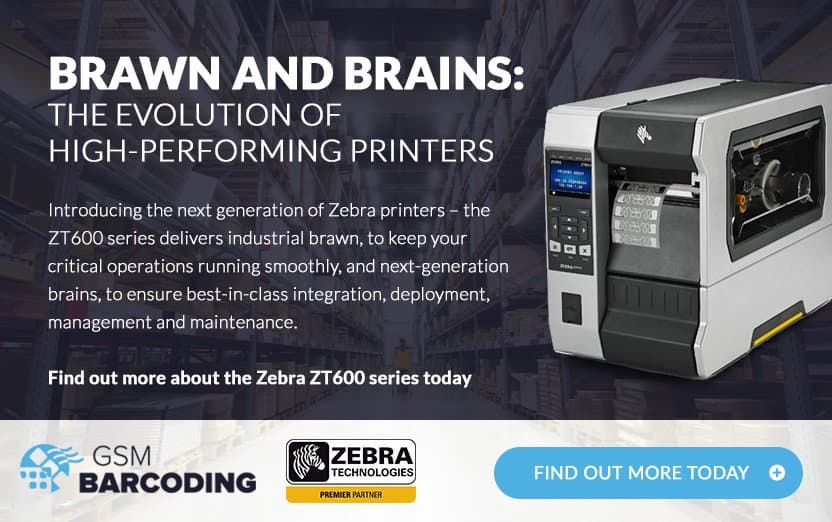Machine maintenance is a complex requirement to balance if you may be managing an entire facility. Monitoring the day-to-day events can easily distract from this essential health check of your vital machinery, but by neglecting it, your business risks suffering from unexpected costly shutdowns.
Monitoring your vital assets, whether mobile or fixed, is an involved process that has been made significantly easier recently thanks to the increase in automated monitoring systems. Discover the five ways that automation is benefiting planned maintenance.

What is Preventative Maintenance?
Planned or preventative maintenance is essential to maintaining a facility, regardless of the company’s focus. This is because anticipating maintenance needs is always more efficient than adapting to a costly shutdown that has stopped your daily operations.
In industrial and commercial environments, there are large, stationary machinery or computers that are essential daily; these would be known as fixed assets. Waiting for these stationary tools to break down creates many problems for facility managers. All related work will have to be delayed until the issue has been diagnosed, repaired, and evaluated, this costs valuable time and expenses.
Preventative maintenance is an excellent way of avoiding these issues. Establishing a regular routine of checks and maintenance in this manner reduces lost time and money significantly. More importantly, knowing when these maintenance shutdowns will occur means managers can plan for them at suitable times. So, what are the benefits that come with automating your planned maintenance?

1. Planning Time Management
The most beneficial factor that comes with automation is improved time management. Automated systems support planned maintenance and prevent unexpected problems from occurring and damaging your time management in other areas. With an automated asset management system, you’re free to focus on other business concerns whilst remaining confident that your assets will be taken care of.
Automated asset tracking systems such as our G-Smart software provide a complete computer network that eliminates the need to complete physical paperwork and streamlines it, making it editable and accessible from any location.
2. Analysis and Optimisation
Automated processes will assist with planning your maintenance and reduce the time those checks take. Asset tracking labels are an effective tool for optimising your maintenance programs. These labels easily identify each asset on your automated database through a handheld computer. These labels effectively track the location and condition of mobile assets from the last maintenance check.
The actions taken during a required maintenance check can be monitored using asset-tracking labels and scanners with the data compiled in the software. This provides essential data that can be analysed later to find new ways of optimising the processes.

3. Reduces Costs
Automation reduces costs in two primary areas; firstly, automation (as mentioned earlier) helps make sure the planned maintenance happens and prevents costly unexpected breakdowns. Secondly, by automating the preventative maintenance process, you’re eliminating manual checks and freeing up staff to work in other areas between maintenance.
4. Reducing Downtime
Automation will also reduce the downtime required for maintenance as well as costs. Initially, maintaining a regular maintenance schedule will prevent unexpected asset failure and eliminate the wasted downtime created. Secondly, maintenance planned in this way will be conducted with greater efficiency and accuracy, making it ideal for high-demand environments such as industry or manufacturing.

5. Standardised Procedures
The details for maintaining a fixed asset can be dramatically different depending on what it is. Schools and commercial businesses may have assets as humble as computer systems, servers and mobile computers. However, the fixed assets in an industrial facility will consist of impressive machinery, vehicles, and hazardous equipment that need extensive care to operate safely.
Standardised maintenance procedures are highly effective for health and safety within industrial businesses. In industrial facilities, the complexity of maintaining various fixed assets can expose personnel to several health hazards if appropriate safety procedures are not conducted every time. Some extensive maintenance procedures will also require forward planning for asset shutdowns and cooling.
Automating your planned maintenance with an asset management system such as G-SMart enforces the established standard procedures. This helps managers prepare for upcoming maintenance and helps the tasked employees’ awareness of the procedure so it can be completed safely and quickly.
What Is G-Smart?

Suitable for various environments, from schools, hospitals, and retail to industrial facilities, the G-SMart Asset Management software is a web-based centralised system for managers. This system can be hosted locally or on a cloud to provide this essential data anywhere you need it.
For loaned assets, this system will be configured to track assets in multiple locations and supply increased visibility for your business’s inventory. Item details, transaction history, and maintenance needs will be visibly displayed. Along with real-time asset location tracking, the software will provide alerts for returned items, whether on time or overdue.
Static, fixed assets will use the same system for any condition auditing. Checklists appropriate for the specific asset can be created to support standardised maintenance across your team and any additional notes. Once maintenance is complete, you can assess and record the asset’s condition to create a baseline to compare with the next check-up.
GSM Barcoding supplies highly effective asset tracking, management and equipment to various sectors and industries to support asset management and maintenance. Contact us for a free demo of our most popular choice, G-SMart or speak to one of our friendly advisors for a free consultancy regarding automated planned maintenance.


















